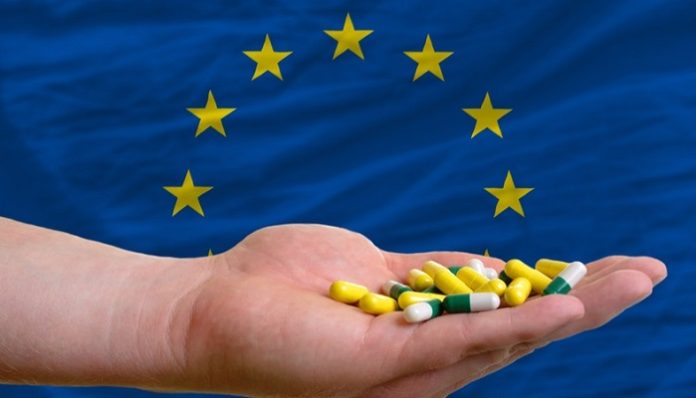Along with the European Commission, the Heads of Medicines Agencies- HMA as well as the European Medicines Agency-EMA have gone on to publish the first Union list of critical medicines.
The list goes on to contain over 200 active substances that happen to be considered critical for healthcare systems all across the EU as well as the EEA regions. Continuity of supply happens to be witnessed as a priority for such substances, and shortages must be avoided.
It is well to be noted that the active substances on the list go on to cover a broad range of therapeutic areas, which include treatments when it comes to rare diseases.
The Union list was put together with a review of 600 active substances, which were taken from six national lists when it comes to critical medicines. The list will be expanded further next year and will be updated on a yearly basis.
Interestingly, more than 80 anti-infectives are on the list, which includes antibiotics, antifungals, antiviral drugs, as well as vaccines.
Notably, in the previous winter, several member states went on to go through critical shortages when it came to certain antibiotics, endangering patient health as well as risking antimicrobial resistance development. This went on to prompt the EC, HMA, as well as EMA to come up with published recommendations in order to avoid antibiotic shortages across the 2023-2024 season.
Helping to skip shortages in the case of critical medicines
The list happens to be an important tool when it comes to the EU’s efforts so as to ensure supply security as well as prevent shortages in the case of critical medicines.
The inclusion in the list may apparently mean that the medicine is likely to go through a shortage, but it highlights the significance of shortage prevention as these could go on to cause significant patient harm and also pose crucial issues to the health system.
Notably, a medicine is considered critical if it is made use of to treat serious diseases and may not be easily get replaced by other medicines. It is well to be noted that the medicines on the list must also sync with certain criteria, which are critical in above one-third of EU and EEA countries.
Medicines on the list can continue to be prescribed as well as used in a regular way. But additional reporting needs for marketing authorization holders, along with national authorities, to become effective as and once the proposed pharma legislation goes on to become applicable.






















